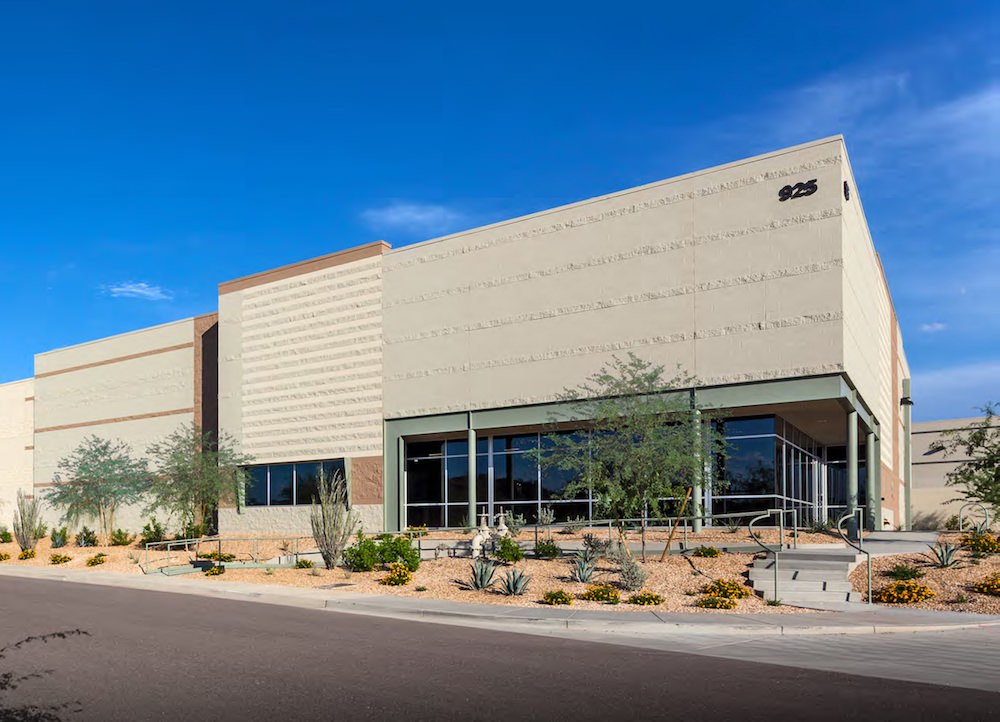A fresh dose of uncertainty circulating through the global economy has our minds on the growing number of bubbles floating around – and not just the ones that hit the front page.
Last week we weighed in on the rise in market volatility that roiled the equities market. All the major equities indexes took another big hit due to concerns over international trade and tariffs occasioned by the ongoing battle with China over a deal that would level the playing field for the world’s two largest economies.
While the Dow, Nasdaq and S&P 500 all rebounded, all three indexes moved lower again this week on news that trade difficulties between the US and China are spilling over into the EU and Asian economies.
Markets loathe uncertainty and there’s plenty of that circulating through the global economy. Worldwide GDP is slowing. The UK, which is still grappling with its strategy to exit the European Union, reported an economic contraction in the second quarter and so did powerhouse Germany, with a dip of .1%, as its huge automotive manufacturing sector continued to slow. US economic growth is much stronger by comparison, but it has slowed on a year-over-year basis. China’s growth has slipped, as well, because its massive manufacturing capacity has become increasingly underutilized.

Those are the stories in the headlines, but there are a growing number of economic bubbles in the making that are often relegated to the middle pages of the world’s newspapers. A few others that occasionally pop up on the radar are the rise in US corporate bond debt, the $1.5 trillion student debt load, the return of trillion dollar fiscal US deficits and the massive US national debt, which stands at a whopping $22 trillion. There’s more, but you get the picture. As the saying goes; “pretty soon we’re going to be talking about real money here.”
Which bubble is first to burst is everyone’s concern but anybody’s guess. In past economic upheavals there has always been a catalyst that triggers subsequent events. In the late 70’s it was the energy crisis, in the late 80’s it was the savings and loan debacle.
Then came the dot-bomb caper in the early 2000’s, which was followed by the financial meltdown of the financial services sector caused by subprime home mortgages and CMBS debt in 2007-2008. In each of these cases, a big bubble burst first, causing smaller nearby bubbles to break much like soap bubbles do at a birthday party. It only takes one to start the chain reaction.

In our opinion, the primary bubble making machine have been the world’s central banks, which sent interest rates plummeting in a collective effort to restart the global economic engine that stalled in 2007. The US Fed Funds Rate went to zero where it stayed for over 5 years. The Japanese and European central banks sent their benchmark rates into negative territory where they remain today, even after the US Fed reversed course and raised rates nine times since 2016. In fact, there is over $12 trillion in sovereign debt around the world that carries a negative yield.
Imagine that! Now, the US Fed has reversed course again, lowering its own benchmark rate in July in response to new fears of an overall slowdown. Another cut is likely in September.
Corporations have borrowed record amounts of cash through low interest bond issuances, and a good portion of that capital was used for share repurchases rather than for investment in new products and services. A record amount of that debt is now coming due soon and many of those companies have been downgraded by the ratings services, which will make refinancing a lot more expensive. Though, current interest rates have again become more favorable to borrowers due to the Fed’s latest maneuvers.

When it comes to the industrial real estate market, there is no doubt that low mortgage rates fueled the biggest price run-up in history. The rise has been nothing less than meteoric and it continues today. Last year, mortgage rates began to move higher and some experts began to sound the correction alarm. But, that did not materialize and long term treasury yields, the benchmark for setting commercial property mortgage rates, have fallen back to near record lows. That has caused mortgage rates, which were again approaching 5% to fall back into the low 4% range where they are today. So, for the time being, higher interest rates are not a bubble breaker.
The trouble with bubbles this time around is that there are so many to keep track of. It’s only natural that we focus on the ones that get the headlines, but it’s important to have a wide field of vision, as you evaluate aspects of the economy that could potentially impact your business.
Anecdotally, we continue to hear mostly good news about business activity from our clients. That makes this a really good time for business owners to play a serious game of “what-if”, and ask themselves if they are ready to handle bumpier times ahead.


Leave a Reply
You must be logged in to post a comment.